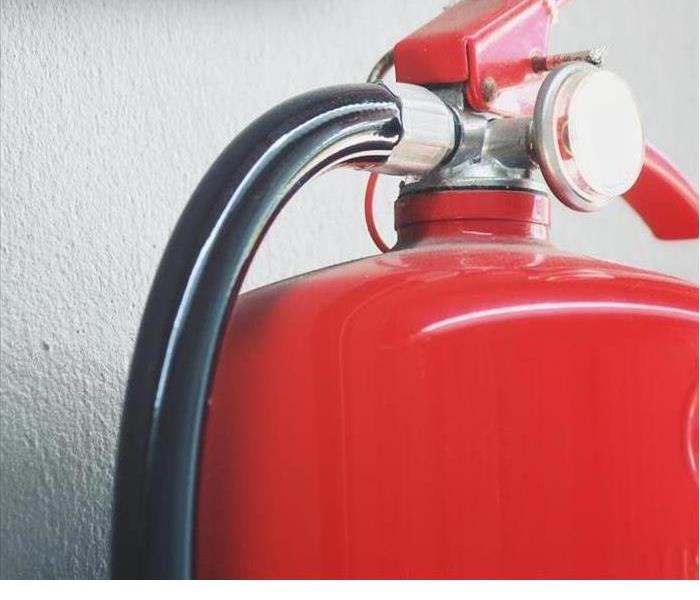Tips for Using a Fire Extinguisher
6/10/2019 (Permalink)
As a homeowner in Kentucky, you need to be prepared for emergencies. If you've ever had a house fire and had to call in professionals to restore your home, you understand the importance of having a fire extinguisher on hand. Following the steps below can ensure that you're using it correctly.
1. Assess the Situation
First, understand what you're dealing with. If the blaze is already too big, the best idea may be to call the fire department and get yourself and anyone else in the house to safety. If you can safely douse it with a fire extinguisher, you need to next make sure that you have right type for whatever material is burning.
2. Use the Right Extinguisher for the Fire
Experts classify extinguishers based on the type of fire they can combat. These include:
- Type A: for fires involving plastics, wood, textiles and paper
- Type B: used on fires involving solvents, gasoline, oils, paints and other flammable liquids
- Type C: for electrical fires, including plugged-in equipment like computers or appliances
- Type D: for fires involving combustible powders or metals
- Type E: commonly used for a kitchen fire involving fats or cooking oils
These letter classifications are always found on the sides of the extinguishers, many of which are rated for putting out fires of more than one type.
3. Remember: "PASS"
The PASS method is an easy way to remember how to use most fire extinguishers. Each letter in "PASS" stands for the first word of an operational step. The "P" tells you to pull the pin at the top of the extinguisher; it needs to be removed before operation. The "A" tells you to aim the nozzle. The nozzle should not be aimed at the top of the flames, but at the bottom, where the combustion is taking place. The first "S" tells you to squeeze the handle to start the flow, and the second one reminds you to sweep from side to side while spraying.
By acting quickly and following the instructions above, you can safely prevent fire damage before it has a chance.





 24/7 Emergency Service
24/7 Emergency Service
